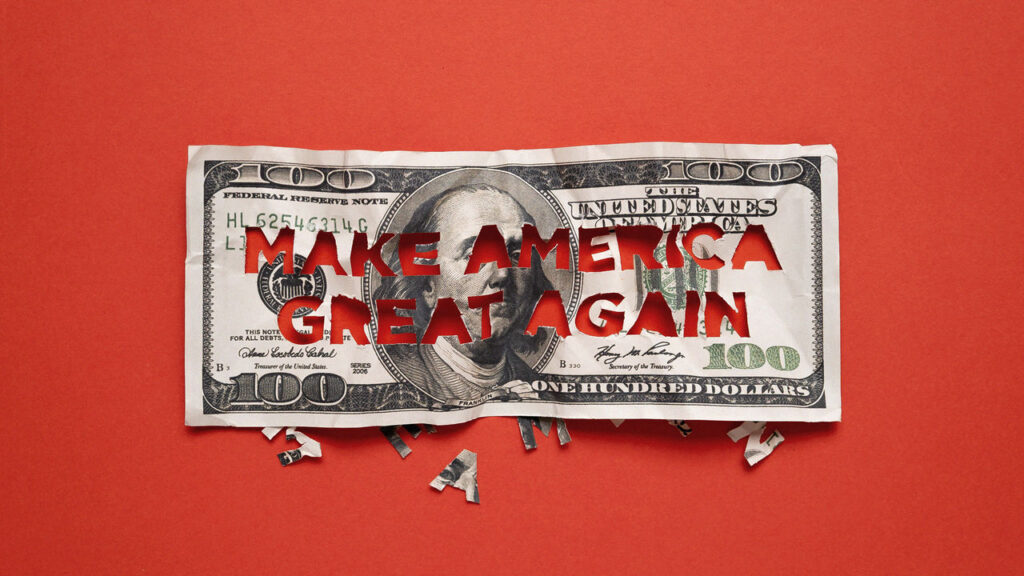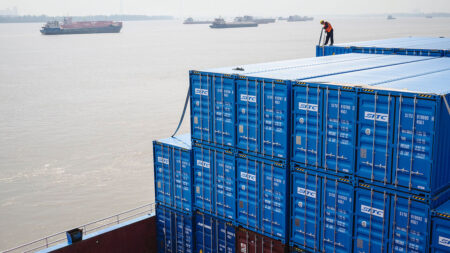As the designated “Liberation Day” approaches, various sectors of the economy are beginning to demonstrate increasing signs of distress and hardship. This pivotal day is anticipated not only for its historical and cultural significance but also for the implications it holds for local markets, businesses, and families. With each passing day, the realities of the economic fallout are becoming ever more pronounced, raising concerns about the long-term sustainability of regional prosperity.
Several reports indicate that sectors previously considered robust are now experiencing substantial setbacks. The tourism industry, historically a cornerstone of economic vitality in many regions, faces unprecedented challenges. Visitor numbers have plummeted, leading to widespread cancellations and hotel vacancies. The once-bustling streets of popular destinations are now eerily quiet, as both domestic and international travelers hesitate to travel amid uncertainty. Restaurants and attractions that relied heavily on foot traffic are grappling with dwindling revenues, and many have been forced to lay off staff or close their doors permanently.
Furthermore, the small business community is particularly vulnerable as they navigate these turbulent times. Entrepreneurs who have invested their life savings into their ventures now find themselves battling against a tide of adversity. The ripple effects of reduced consumer spending are evident in shopping districts, where storefronts sit empty and “For Lease” signs are becoming increasingly common. Local markets that thrived on community support are beginning to falter, as patrons are either unable or unwilling to spend. This contraction not only impacts business owners but also affects suppliers, service providers, and other associated businesses, creating a chain reaction of economic distress.
Moreover, evidence is mounting that the job market is also feeling the pressure. Reports from various employment agencies indicate that hiring has slowed significantly, with many companies adopting a hiring freeze due to the uncertain economic landscape. Unemployment rates are on the rise, leading to increased anxiety for workers and families. Those who have lost their jobs are often facing difficult choices, including whether to relocate to more stable job markets or to make do with limited resources at home. The resulting strain on family finances is exacerbated by rising costs in essential areas, such as housing and groceries, leaving many in precarious financial positions.
In tandem with these economic challenges, societal tensions are also emerging. As individuals and families feel the pinch from economic downturns, discontent and frustration can lead to civil unrest. Public demonstrations and calls for action regarding economic justice have increased, reflecting widespread dissatisfaction with how the situation is being managed at both local and national levels. Citizens are demanding accountability and seeking solutions to mitigate the effects of the current crisis.
Meanwhile, policymakers face the daunting task of addressing these multifaceted challenges. A myriad of plans and proposals have been put forth, but implementation often falls short of expectations. Economic relief packages aimed at supporting struggling businesses and unemployed workers show promise, but the bureaucratic processes involved can delay aid from reaching those who need it most. The situation calls for immediate and decisive action to not only stabilize existing businesses but also to foster an environment conducive to future growth and recovery.
As Liberation Day draws near, it is critical to understand the full weight of the economic implications on local communities. The once vibrant tapestry of the economy is fraying, with livelihoods at stake. The calamity serves as a stark reminder of the interconnectedness of economic, social, and cultural spheres. Recovery will demand whole-community engagement, innovation from entrepreneurs, and proactive governmental intervention to reestablish stability and resilience in the face of adversity.
In conclusion, the approach of Liberation Day is not just a moment of reflection on historical events, but also a challenging period marked by economic turbulence. The evidence of economic harm is pervasive across various sectors, affecting the lives of countless individuals and families. Moving forward will require a collaborative effort to rebuild and restore economic health, ensuring that the spirit of liberation can be realized not just in a commemorative sense but also through tangible, positive changes within the economy.









